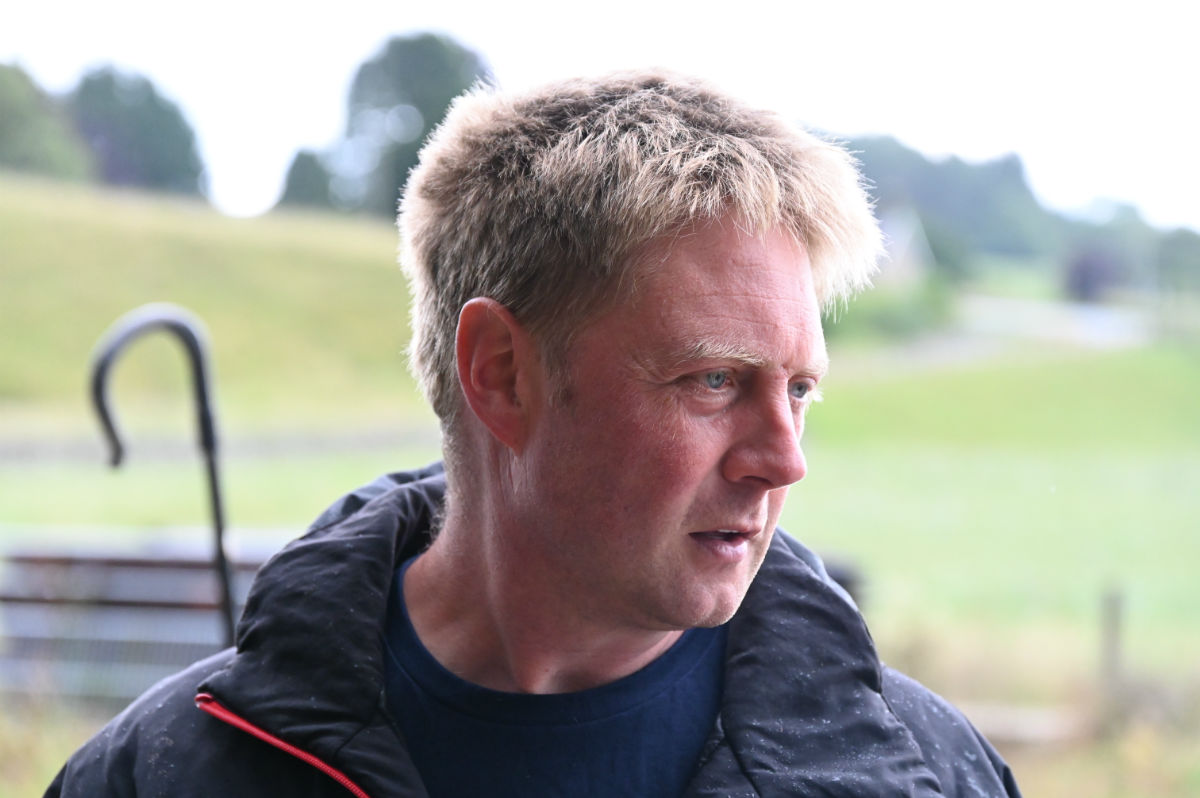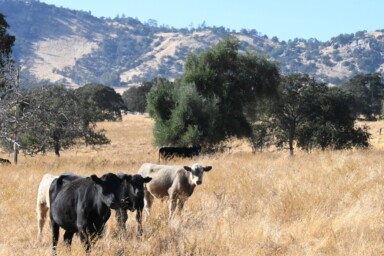As part of a new, two-part series, food and farming writer, Marianne Landzettel, meets with upland farmers in northeast England who explain why the shift to the new farm payments scheme – the Sustainable Farming Incentive – poses an existential threat for many upland farmers.
The post-Brexit changes to the UK’s farm subsidy schemes are proving a huge challenge for hill farmers. The shift from the Basic Payment Scheme, which previously accounted for over 90% of some upland farms’ income, to the Sustainable Farming Incentive, is likely to leave many with a severe shortfall. Hill farmers are understandably worried that they will be unable to close this financial gap. In the second of this two-part series, Marianne Landzettel visits two more farmers near Ridsdale in Northumberland to discuss their hopes and concerns about the future.
Nigel Moore and the SFI roulette
After visiting Michael Walton and Graham Robson, I continue west on the small country lane, through Bellingham, across another ridge and reach Nigel Moore’s farm. Moore farms 800 acres, half of them are his, the other 400 acres are rented from two different landlords. Roughly 140 acres are suitable for making silage.













